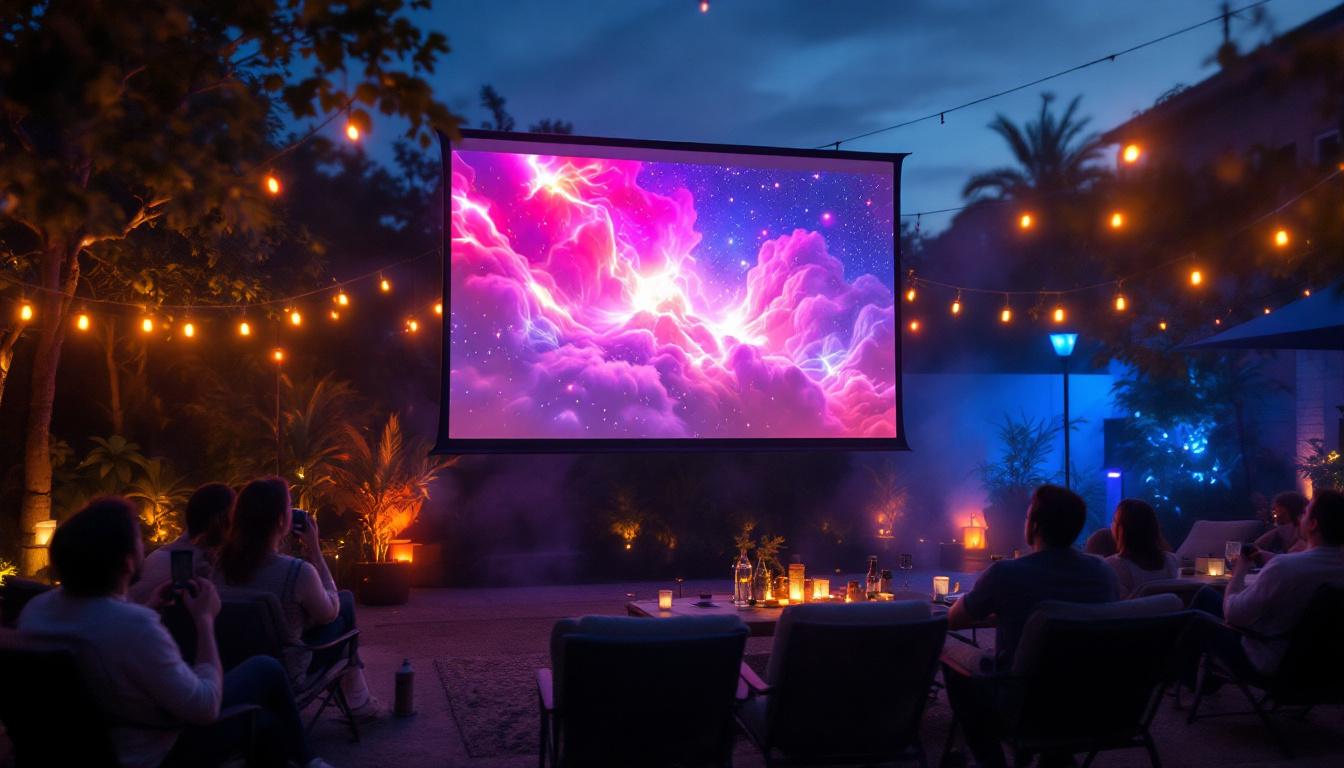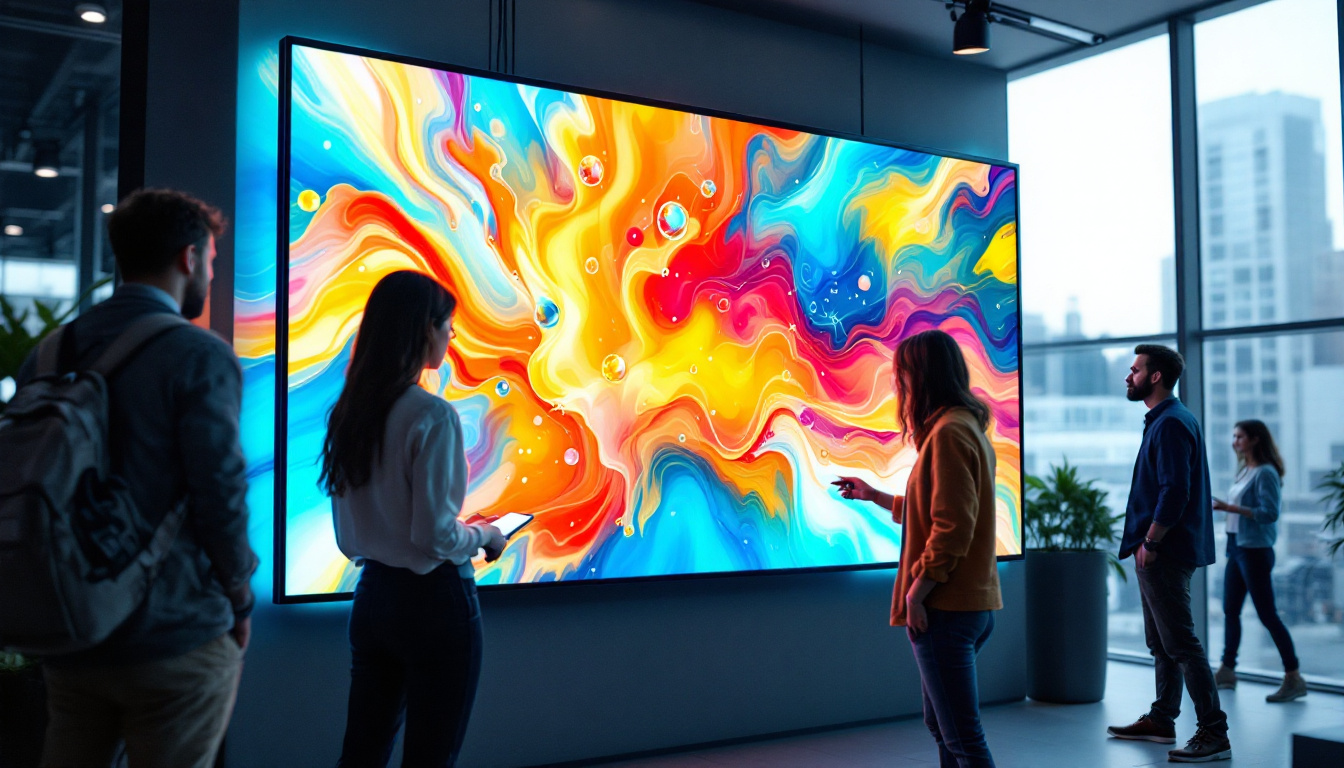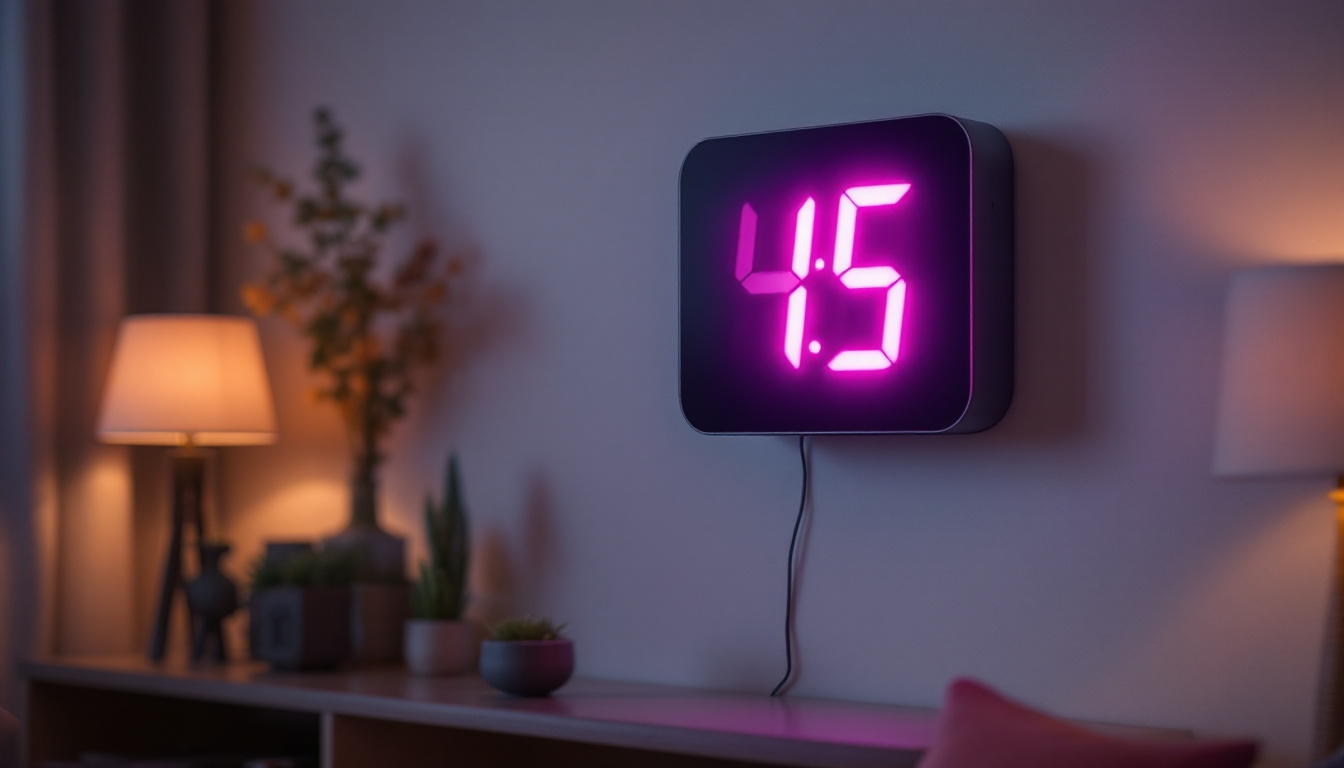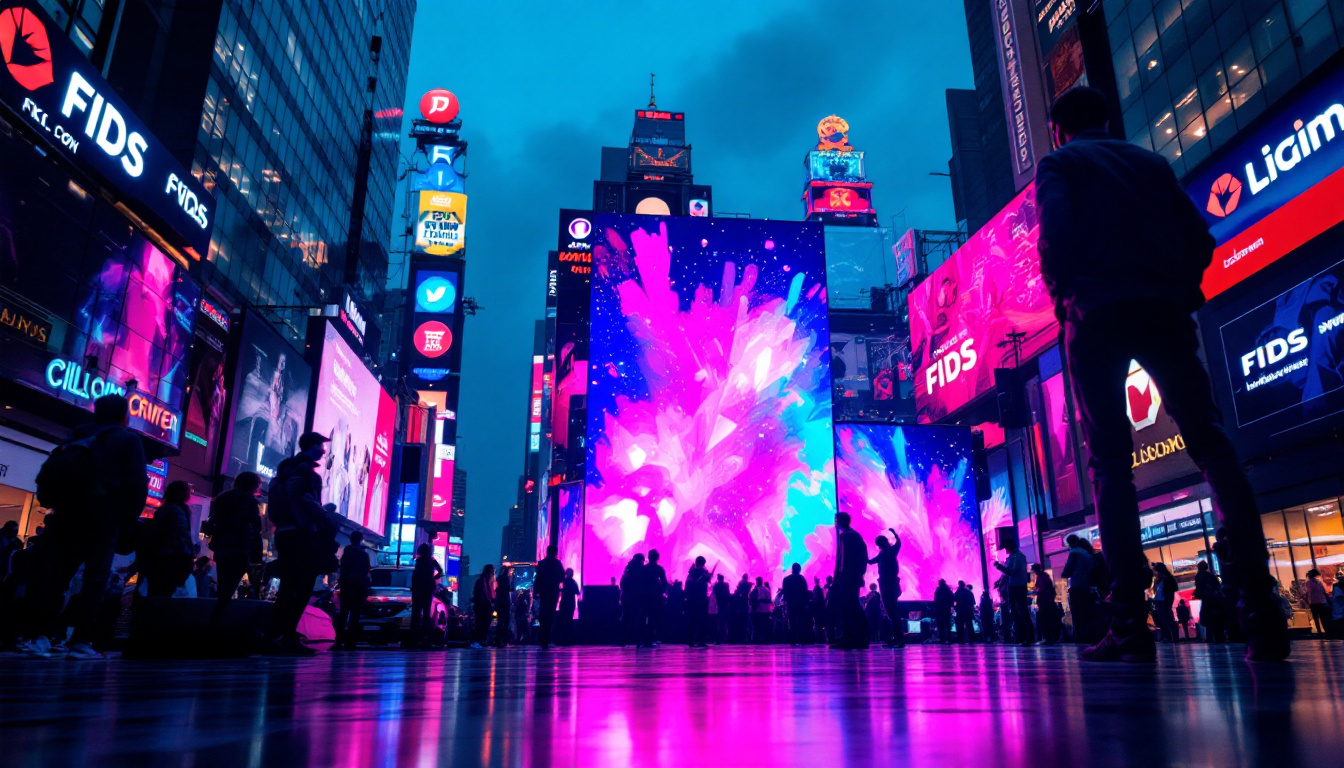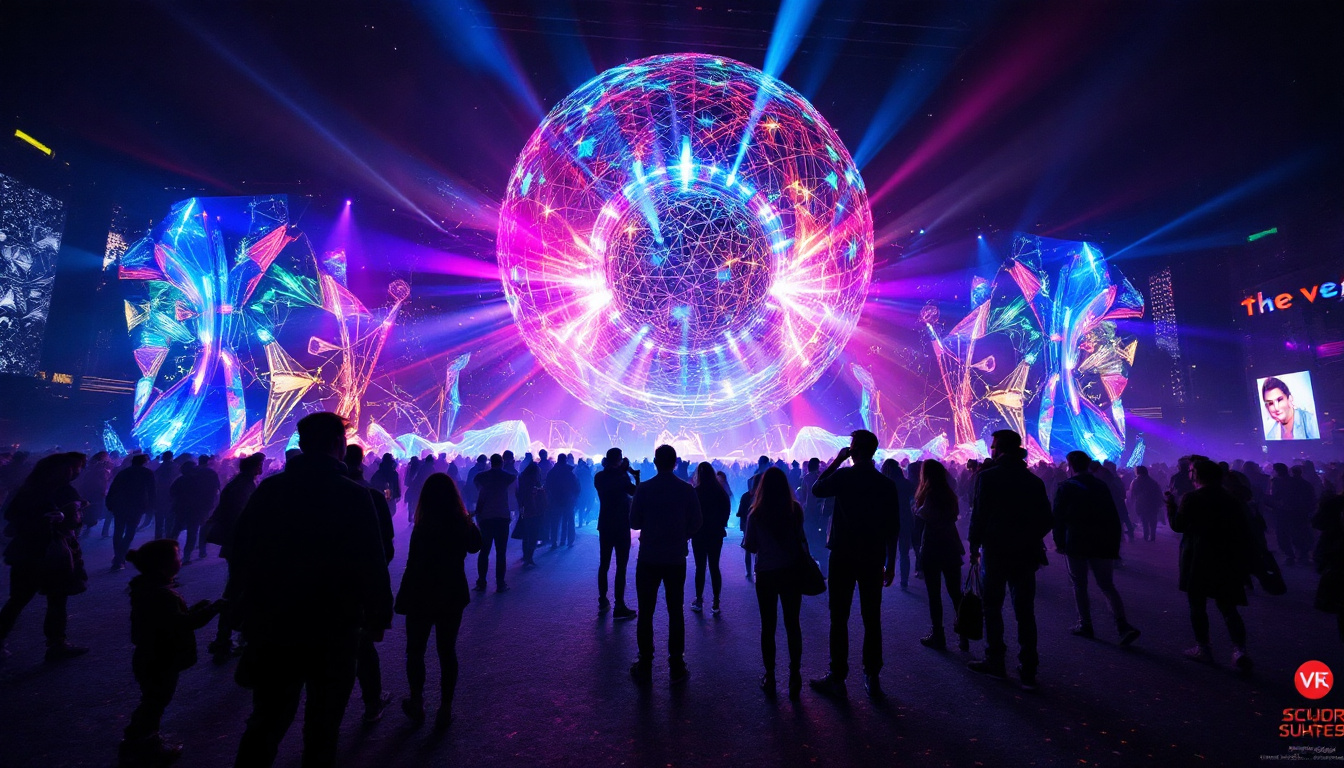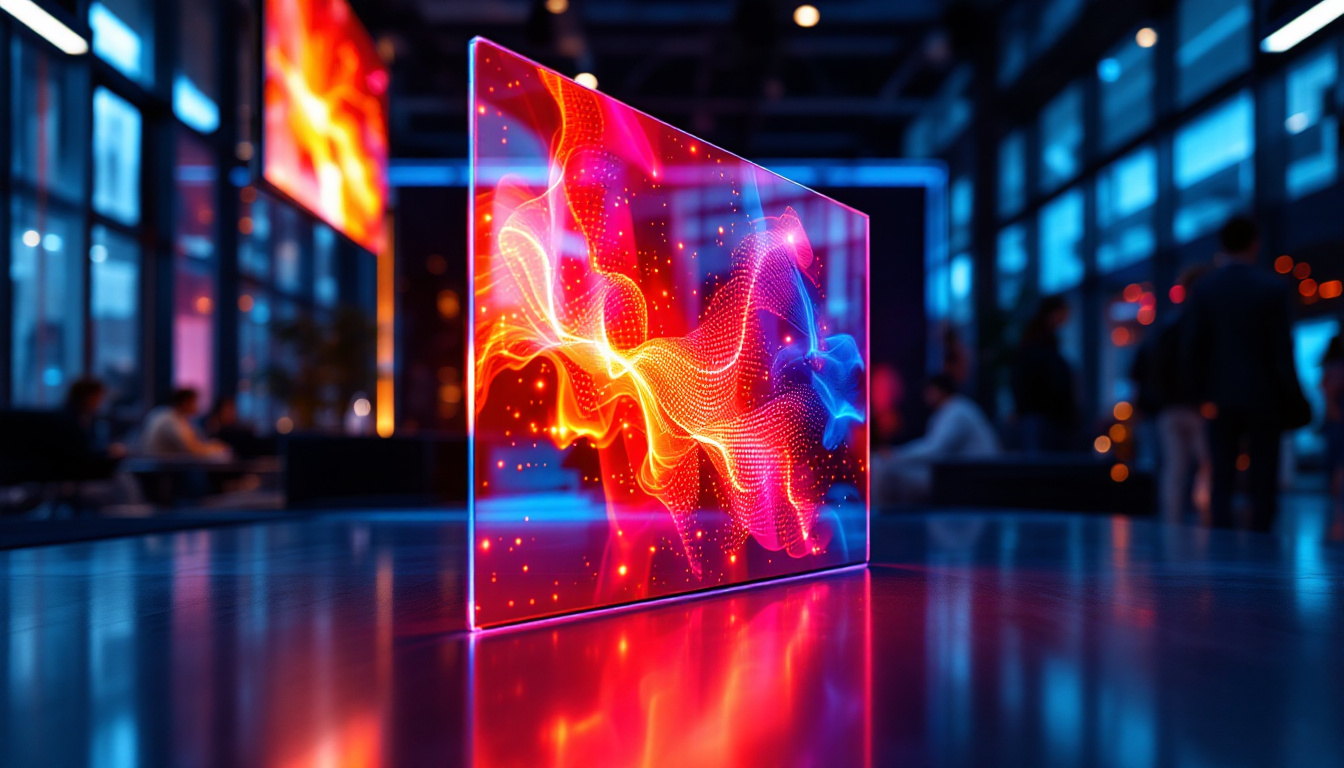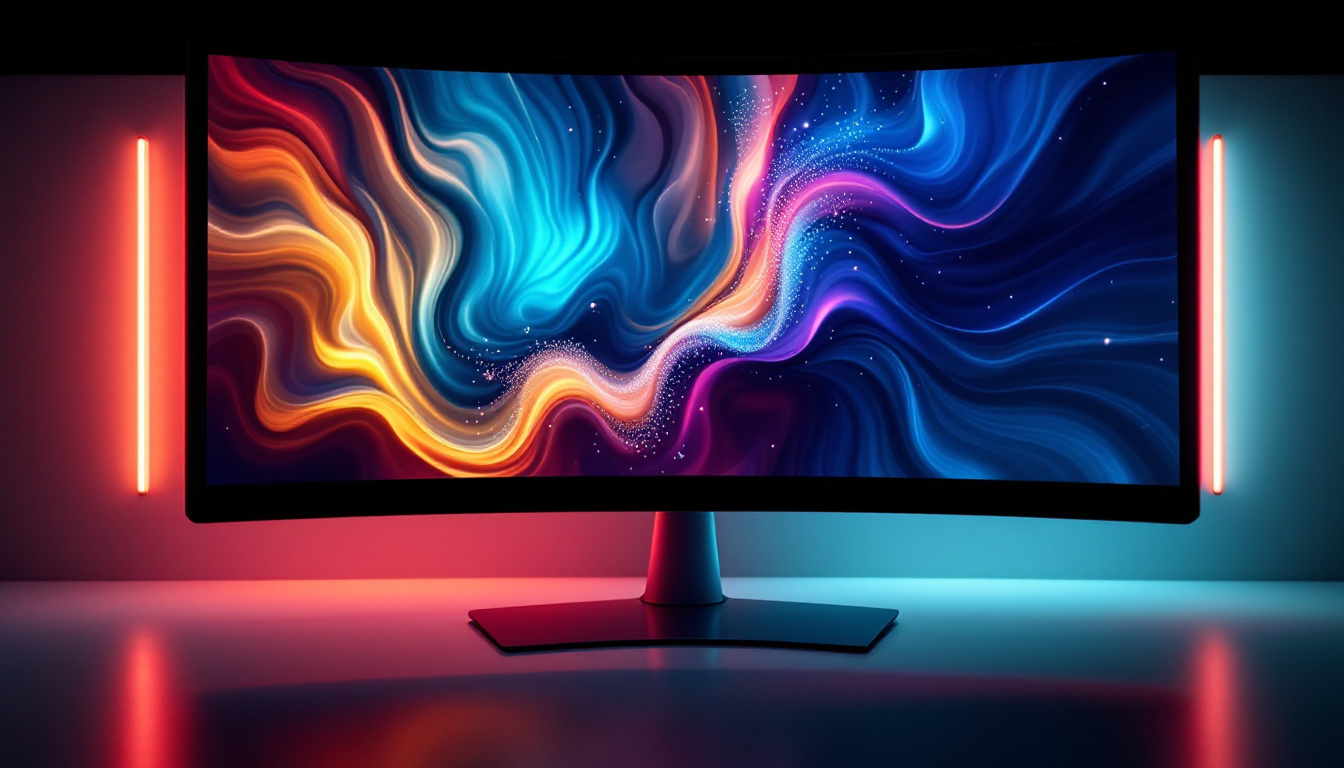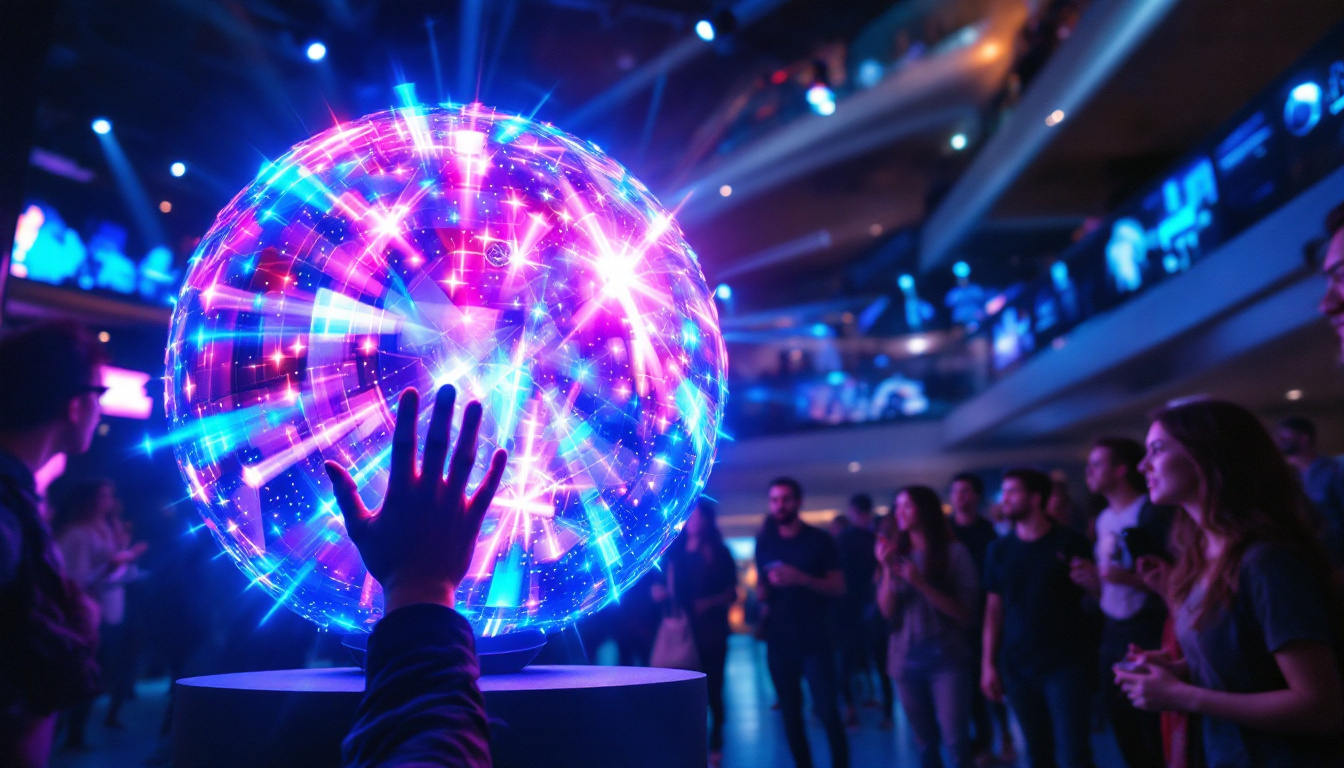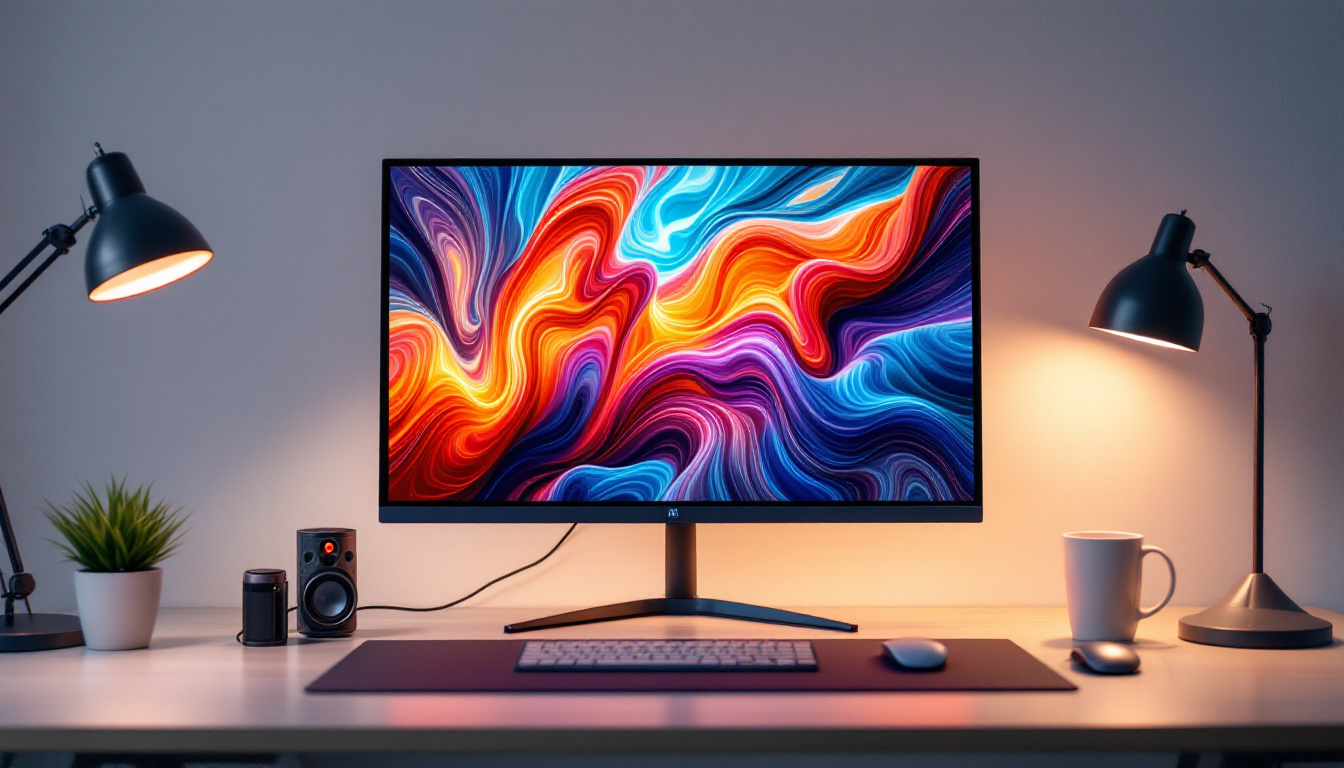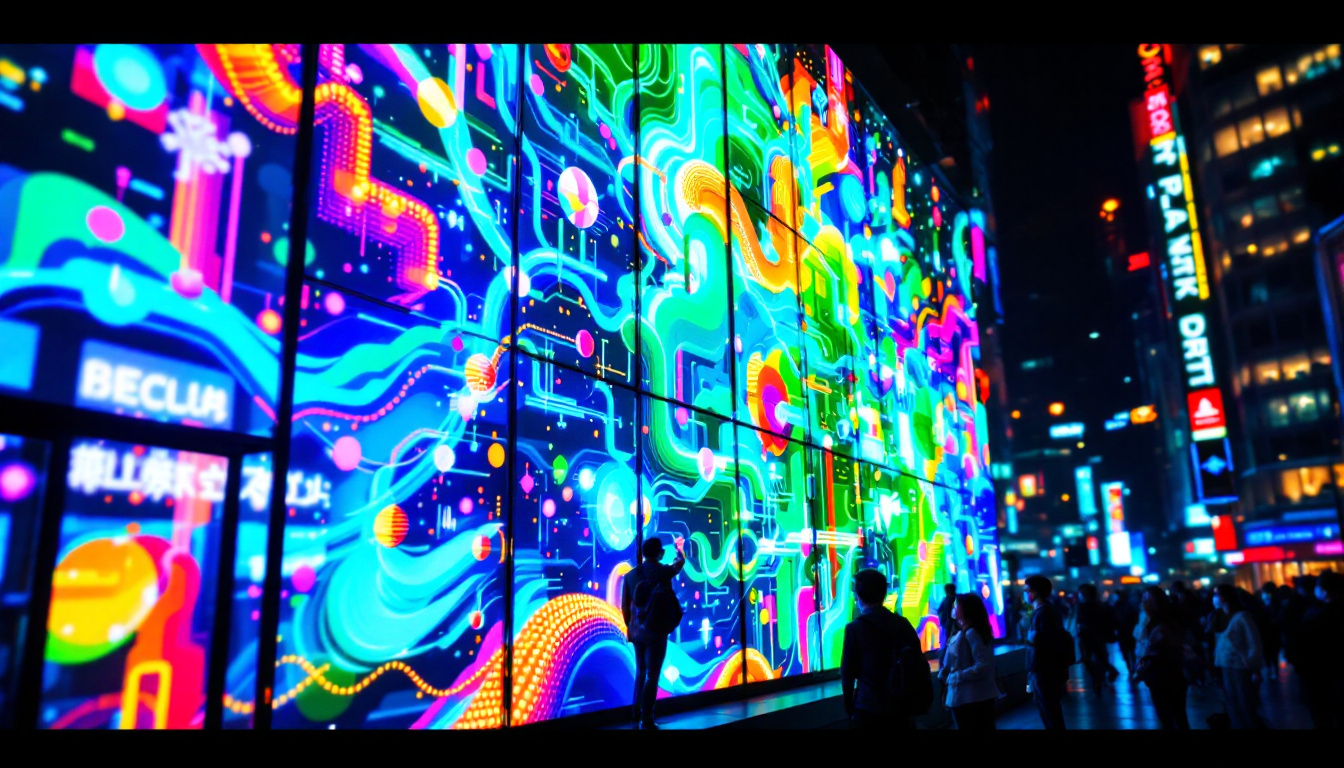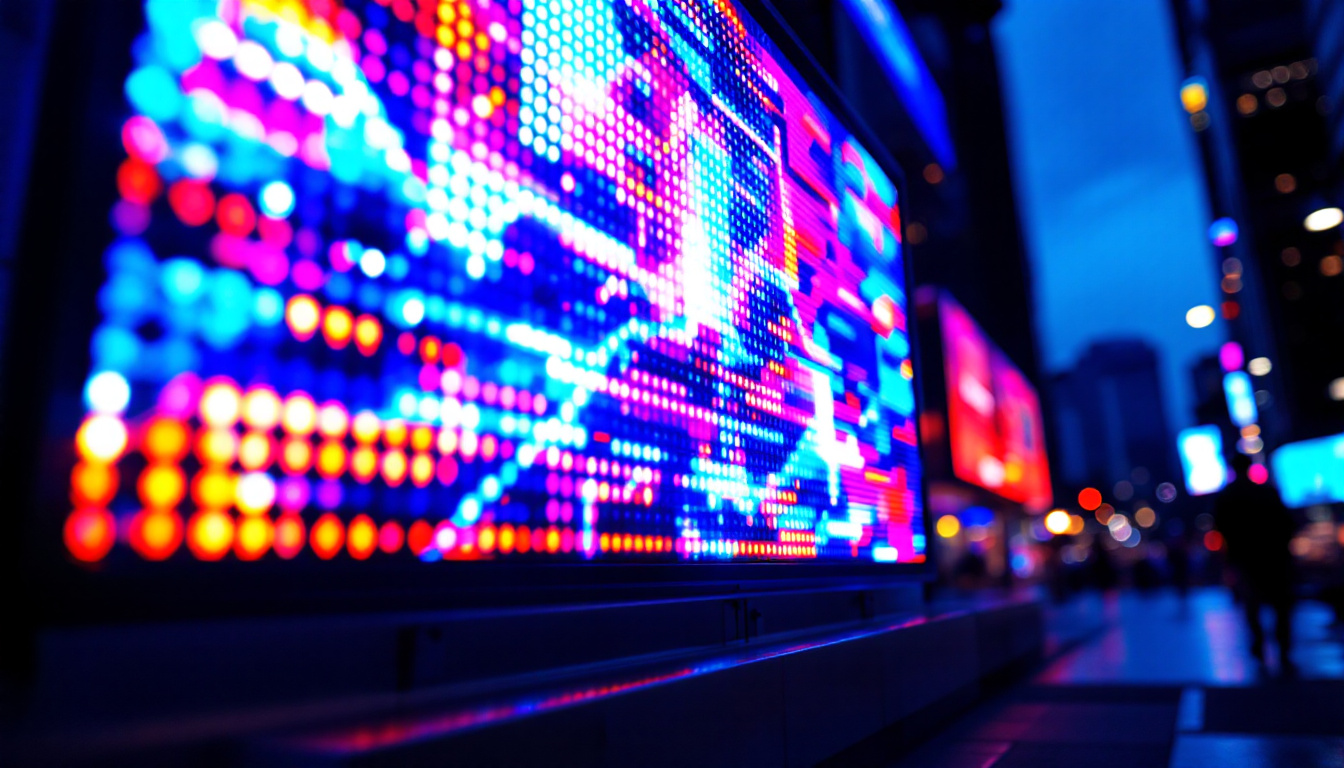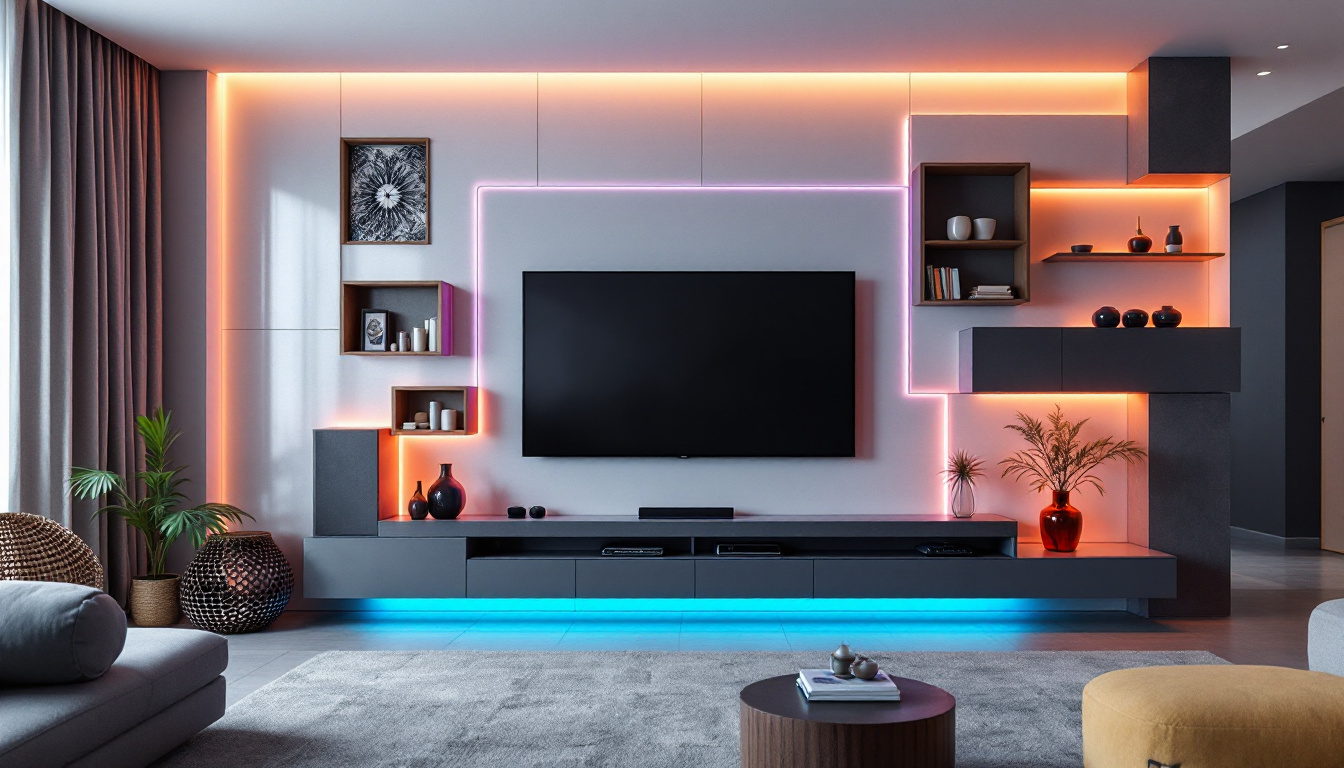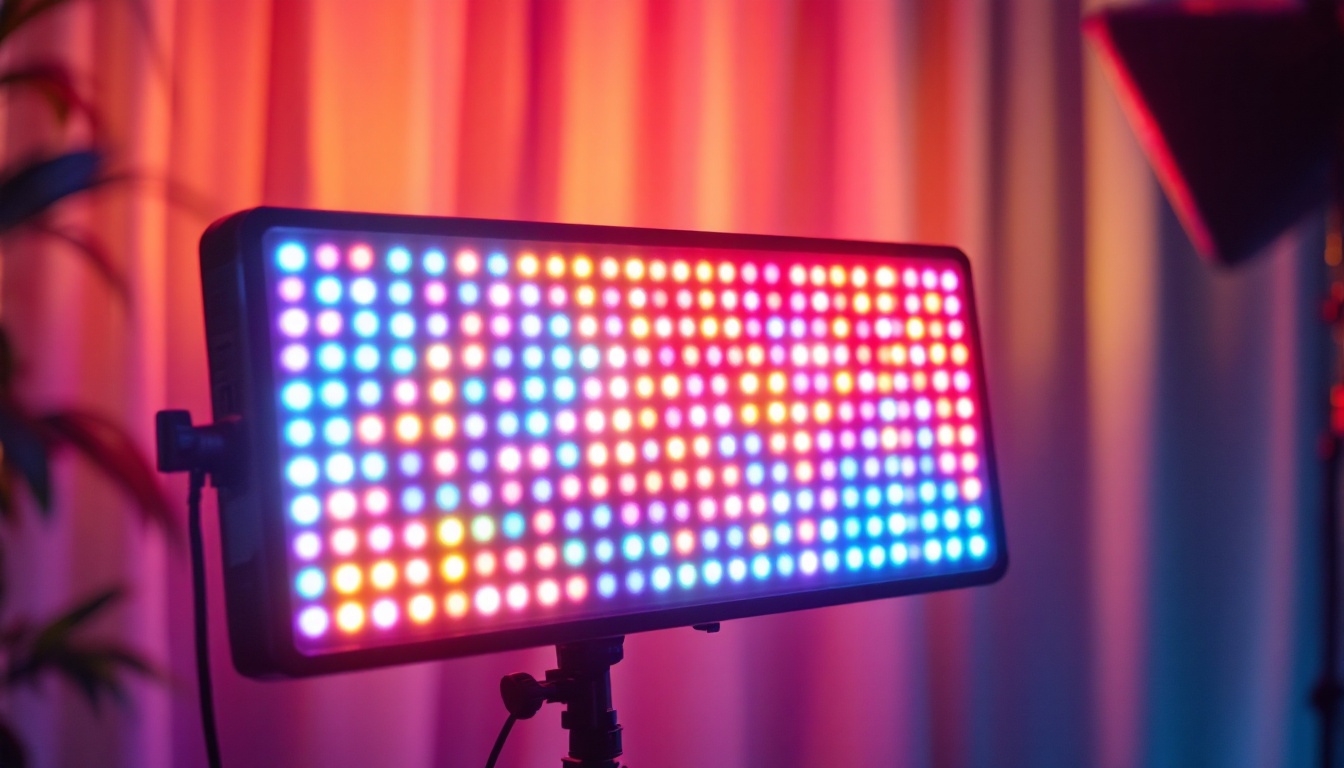Outdoor entertainment has evolved significantly over recent years, with technology enabling immersive experiences that were once limited to indoor environments. Among the most transformative innovations are outdoor projectors and LED display screens, which have become staples for everything from backyard movie nights to large-scale public events. Understanding the differences, advantages, and use cases of these technologies is essential for anyone looking to create an engaging outdoor viewing experience.
Understanding Outdoor Projectors: Technology and Applications
How Outdoor Projectors Work
Outdoor projectors operate by projecting light through a lens onto a flat surface, typically a screen or a wall. The image is generated by various technologies, including Digital Light Processing (DLP), Liquid Crystal Display (LCD), and Liquid Crystal on Silicon (LCoS). Each technology offers unique benefits in terms of brightness, color accuracy, and contrast, which are critical factors when projecting outdoors where ambient light can vary widely.
Brightness is measured in lumens, and for outdoor use, projectors generally need to offer at least 2,500 lumens to ensure a clear image during dusk or in shaded areas. For daytime viewing, projectors with 4,000 lumens or more are often necessary. This is because ambient light can wash out the image, making it difficult to see without sufficient brightness. Additionally, many outdoor projectors come equipped with features such as keystone correction and lens shift, which help to adjust the image for uneven surfaces or angled projections, ensuring that viewers have the best possible experience regardless of the setup.
Popular Use Cases for Outdoor Projectors
Outdoor projectors are incredibly versatile. Homeowners use them for backyard movie nights, creating a cinematic experience under the stars. Schools and community organizations employ them for outdoor classes, presentations, and movie screenings. Additionally, businesses leverage outdoor projectors for advertising and events, projecting dynamic visuals onto building facades or temporary screens. The ability to easily set up a projector makes it a popular choice for spontaneous gatherings, allowing friends and families to enjoy films or sports events in a relaxed, open-air environment.
One notable example is the rise of drive-in theaters, which have seen a resurgence as a socially distanced entertainment option. These venues often utilize high-lumen outdoor projectors combined with large screens to deliver quality viewing experiences to hundreds of cars simultaneously. Furthermore, outdoor projectors are also gaining traction in the realm of gaming, where enthusiasts set up large screens in their backyards for immersive multiplayer experiences. With the right sound system, these setups can rival traditional gaming environments, providing an exciting way to enjoy video games with friends and family in a unique outdoor setting. The combination of technology and creativity in using outdoor projectors continues to expand, making them a staple for various events and activities.
LED Display Screens: The New Standard for Outdoor Viewing
What Are LED Display Screens?
LED (Light Emitting Diode) display screens consist of thousands of tiny LEDs that emit light individually to create vivid images. Unlike projectors, which rely on external surfaces and ambient light conditions, LED screens are self-illuminating, meaning they produce their own light. This characteristic makes them exceptionally bright and visible even in direct sunlight.
LED screens come in various forms, from small panels suitable for backyard setups to massive modular displays used in stadiums and public squares. Their modular nature allows for customization in size and shape, accommodating a broad range of applications. This versatility extends to their installation options as well, enabling users to create curved or angled displays that can fit into unique architectural designs or event layouts, enhancing the overall visual experience.
Moreover, the advancements in LED technology have led to the development of transparent and flexible screens, which open up new possibilities for creative advertising and immersive environments. These innovative designs can be integrated into windows or other surfaces without obstructing visibility, allowing for dynamic content that engages viewers without compromising aesthetics.
Advantages of LED Displays Over Projectors
One of the most significant advantages of LED displays is their superior brightness and visibility. While outdoor projectors struggle with ambient light, LED screens maintain clarity and color vibrancy regardless of the time of day or weather conditions. This makes them ideal for daytime events or locations with high light pollution. The high refresh rates of LED displays also contribute to smoother motion graphics, making them particularly effective for sports broadcasts and fast-paced video content.
Durability is another important factor. LED screens are built to withstand harsh outdoor environments, including rain, wind, and temperature fluctuations. Many are rated with IP65 or higher, indicating strong resistance to dust and water ingress, which is essential for long-term outdoor use. This resilience not only ensures that the displays continue to function optimally in various weather conditions but also reduces maintenance costs and downtime, making them a more reliable choice for businesses and event organizers.
Additionally, LED displays offer better color accuracy and contrast compared to traditional projectors. This results in sharper images and more engaging visual content, which is particularly valuable for advertising, live events, and interactive installations. The ability to display high-definition video and dynamic graphics makes LED screens a powerful tool for storytelling, allowing brands to create immersive experiences that captivate audiences. Furthermore, the energy efficiency of LED technology means that these displays consume less power than their projector counterparts, making them a more sustainable choice for long-term use.
Choosing Between Outdoor Projectors and LED Displays
Factors to Consider
When deciding between an outdoor projector and an LED display, several factors come into play. Budget is often a primary consideration. Outdoor projectors generally have a lower upfront cost, with many models available for under $1,000. In contrast, LED display systems can be significantly more expensive, especially for larger or higher-resolution setups.
However, the total cost of ownership should also be evaluated. Projectors require replacement bulbs, which can be costly and have limited lifespans, typically around 2,000 to 5,000 hours. LED screens, while more expensive initially, often have longer lifespans—up to 100,000 hours—and lower maintenance requirements.
Environmental and Usage Considerations
The environment where the display will be used is critical. For locations with high ambient light or frequent daytime use, LED screens are generally the better choice due to their brightness and visibility. Conversely, for occasional nighttime use or shaded areas, outdoor projectors can provide excellent image quality at a lower cost.
Portability is another factor. Projectors are typically easier to transport and set up, making them suitable for temporary events or mobile setups. LED screens, especially larger configurations, require more complex installation and infrastructure but offer unmatched image quality and durability.
Technical Specifications and Setup Tips
Key Specifications for Outdoor Projectors
When selecting an outdoor projector, pay close attention to the following specifications:
- Brightness (Lumens): Aim for at least 2,500 lumens for dusk viewing; 4,000 or more for daytime.
- Resolution: Full HD (1920×1080) is standard; 4K projectors are available for premium quality.
- Contrast Ratio: Higher contrast ratios improve image depth and color richness.
- Throw Distance: Determines how far the projector can be from the screen while maintaining image size.
- Portability and Weather Resistance: Some models offer weatherproofing or rugged designs for outdoor use.
Essential Features for LED Displays
Key considerations for outdoor LED displays include:
- Pixel Pitch: The distance between individual LEDs; smaller pitch means higher resolution and sharper images.
- Brightness: Outdoor LED displays typically range from 5,000 to 10,000 nits, ensuring visibility in daylight.
- Refresh Rate: Higher refresh rates reduce flicker and improve image stability, important for video content.
- Ingress Protection (IP) Rating: Look for IP65 or higher for reliable weather resistance.
- Modularity: Allows customization of screen size and shape to fit specific needs.
Setup Best Practices
For outdoor projectors, choosing the right screen is crucial. Inflatable or portable screens with reflective coatings enhance image brightness and clarity. Position the projector on a stable surface, and ensure it is aligned correctly with the screen to avoid distortion.
For LED displays, professional installation is often recommended due to the complexity of mounting, wiring, and configuration. Proper ventilation and power supply management are essential to maintain performance and longevity.
Future Trends in Outdoor Display Technology
Advancements in LED Technology
LED display technology continues to advance rapidly. MicroLEDs, which use even smaller diodes, promise higher resolution and lower power consumption. Flexible and transparent LED panels are emerging, enabling innovative applications such as curved or see-through displays that blend seamlessly with architectural elements.
Integration with smart technologies is also on the rise. Modern LED displays can connect to cloud-based content management systems, allowing remote updates and dynamic content tailored to specific audiences or times of day.
The Role of Laser Projectors
Laser projectors are gaining popularity as a middle ground between traditional projectors and LED displays. They offer higher brightness, longer lifespans, and better color accuracy compared to lamp-based projectors. Although currently more expensive, laser projectors are becoming more accessible and may redefine outdoor projection quality in the near future.
Conclusion: Making the Right Choice for Outdoor Viewing
Choosing between outdoor projectors and LED display screens depends on a variety of factors including budget, environment, usage frequency, and desired image quality. Projectors offer affordability and portability, making them excellent for casual or occasional use. LED displays provide unmatched brightness, durability, and versatility for high-impact, professional-grade outdoor presentations.
As technology progresses, the lines between these options may blur, with innovations like laser projectors and advanced LED panels expanding possibilities. For now, understanding the strengths and limitations of each technology empowers consumers and professionals alike to create memorable outdoor viewing experiences tailored to their specific needs.
Discover the Future of Outdoor Visuals with LumenMatrix
Ready to elevate your outdoor viewing experience with unparalleled brightness, clarity, and durability? LumenMatrix is at the forefront of LED display innovation, offering a wide array of solutions from Outdoor LED Wall Displays to Custom and Transparent LED modules. Whether you’re looking to captivate a crowd, enhance your brand’s presence, or create an unforgettable event, our cutting-edge technology is designed to meet your needs. Check out LumenMatrix LED Display Solutions today and join the revolution in visual communication.

